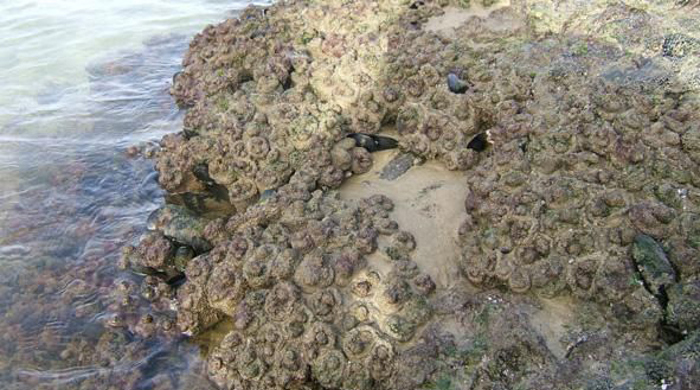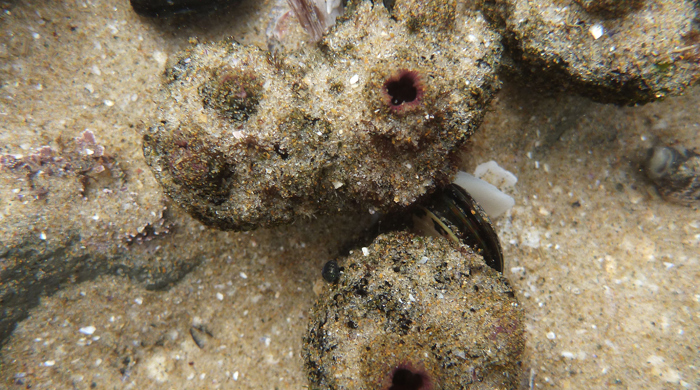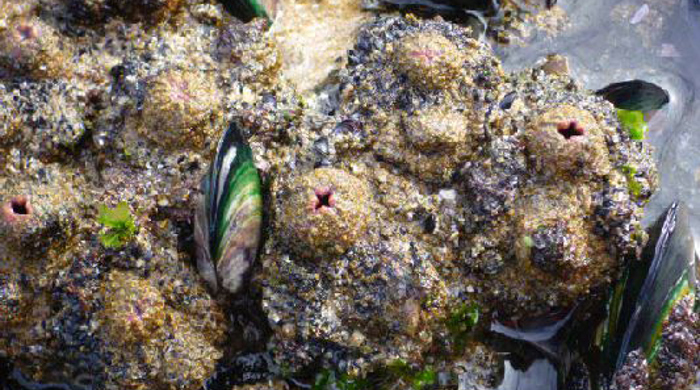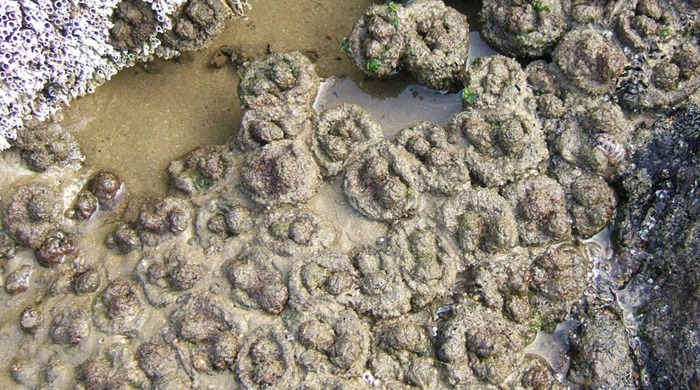Pyura praepetualis and P. doppelgangera
Pyura sea squirts
Family: Pyuridae
Origin: Australia
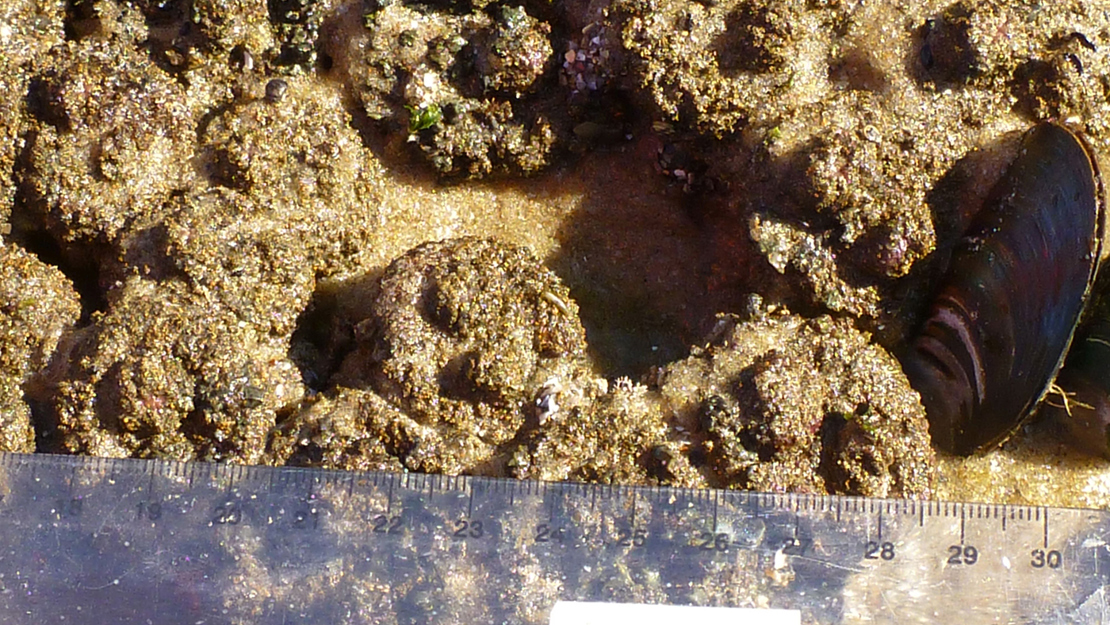
Regional Pest Management Plan (RPMP) status
- Whole region — Sustained control
General description
Have a sack-like body with a brown, or reddish-brown, leathery skin often coated with sand. Each sea squirt has two mounds representing siphons or holes for inhaling and exhaling sea water. Adults grow up to 15 centimetres or more in height and around 3-5 centimetres in diameter.
The only visible difference between the two species of pyura sea-squirt is that Pyura praepetualis generally grows to a larger size.
What you need to know
To help protect our environment:
- You must not breed, distribute, release or sell any pyura sea squirt within the Auckland region.
- If you’re in charge of any craft in the Auckland region you must ensure that the level of fouling on the hull and in niches of the craft does not exceed ‘light fouling’.
- If you’re in charge of any craft in the Auckland region you must ensure that it is free of all ballast water, bilge water, holding tank water or sea water held in any other container when entering any marine body from the land.
Habitats
Generally inhabit the low to mid-intertidal, zone as well as shallow subtidal areas less than 12m deep. They primarily colonise rocky platforms and outcrops, rock pools and the underside of rock overhangs, but are also found on artificial structures such as oyster farms and wharf piles.
Impact on environment
Aggressive competitors for space and have the potential to significantly alter the structure and composition of native intertidal communities; displacing important kaimoana species such as the green lipped mussel (kuku / pōrohe).
Control
Management
Before moving your boat or other craft to new locations, make sure the hull, anchor chain and all other equipment on board is clean and free of marine pests or other fouling.
Think about where you’re taking on or releasing ballast, bilge or holding tank water, or water in any other container such as chilli bins, to avoid spreading marine pests.
For more information on pyura sea squirt and how to avoid spreading them, please visit Prevent pests from spreading or contact Auckland Council at pestfree@aucklandcouncil.govt.nz.
